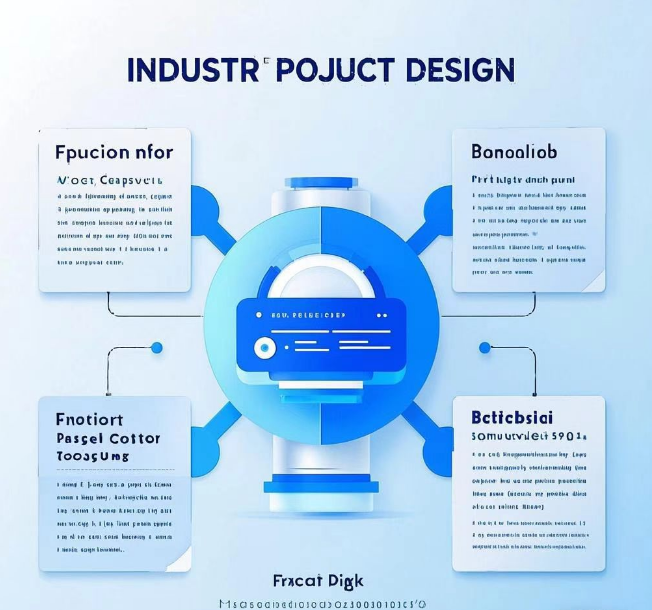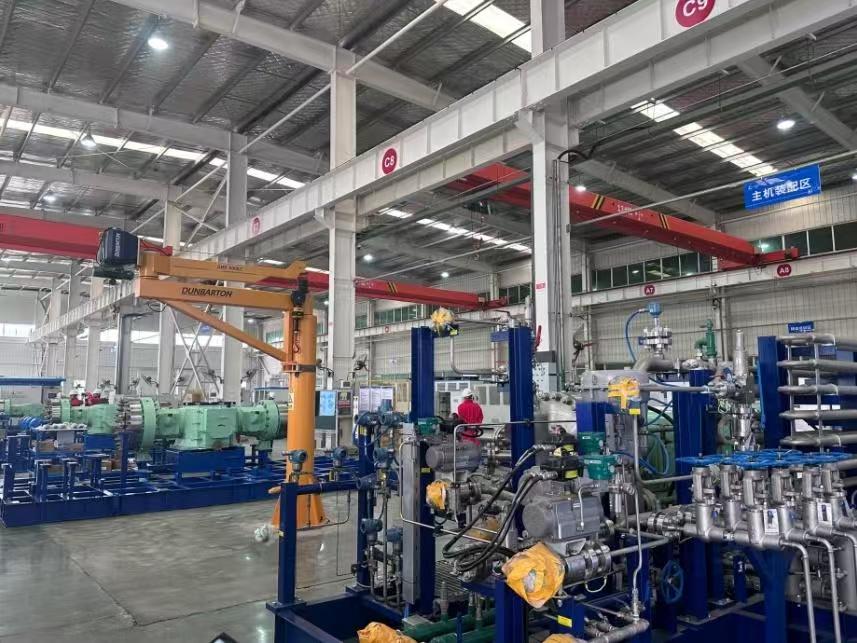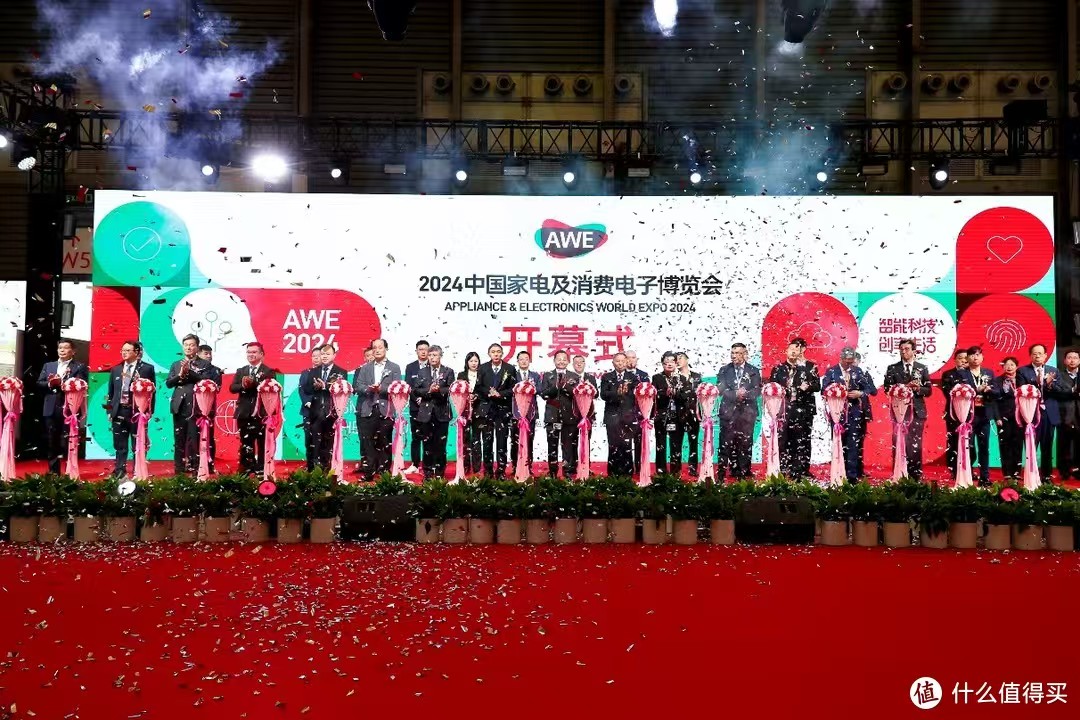The rise of domestic industrial robots has had a multi-faceted impact on the manufacturing job market
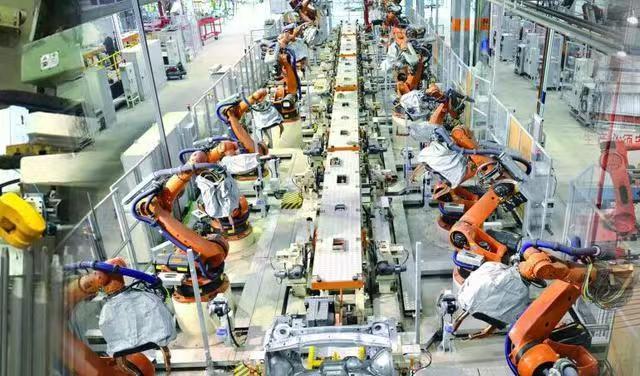
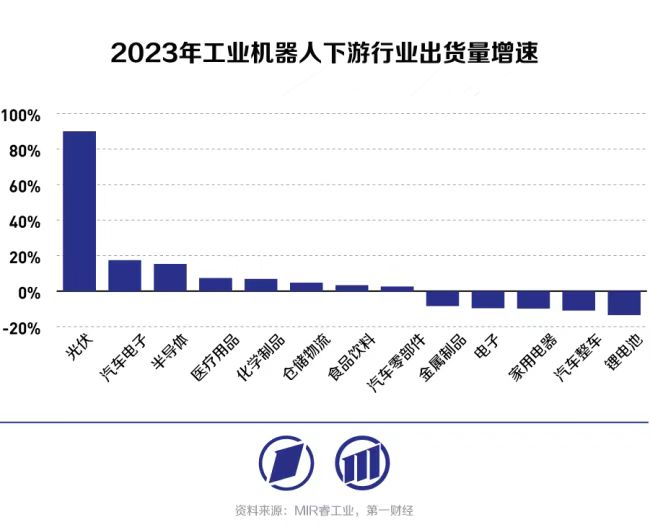
Job structure changes
- Reduction of traditional jobs: Some highly repetitive and dangerous jobs are gradually replaced by robots, such as welding and spraying in automobile manufacturing, and parts assembly in electronics factories. - Increase in emerging positions: The research and development, production, installation and debugging, maintenance, programming and control of robots require professional talents, which has given rise to positions such as robot engineers, system integration engineers, and electrical engineers. At the same time, the data generated by the operation of robots also needs data analysts to process and analyze.
Changes in skill requirements
- Increased demand for high skills: Operating and maintaining industrial robots and performing system integration require practitioners to have cross-domain knowledge such as machinery, electronics, computers, and automation, and master programming, data analysis, and robot operation skills. - Reduced demand for low skills: In the past, the number of positions in the manufacturing industry that only required simple physical labor or basic operating skills has decreased, and the demand for pure physical laborers and low-skilled workers has decreased.
Regional differences in employment
- Increased employment opportunities in industrial clusters: In areas where domestic industrial robot industries are concentrated, such as Guangdong, Shanghai, Jiangsu and other places, related enterprises are concentrated, and robot research and development, production, and application are complete. Not only do robot manufacturing companies need a large number of talents, but there are also many manufacturing companies that apply robots, providing abundant employment opportunities for highly skilled talents.
- Adjustment of employment structure in non-agglomeration areas: If manufacturing companies in non-industrial clusters introduce domestic industrial robots, it may lead to a reduction in local traditional manufacturing jobs. However, due to the lack of supporting industries related to robots, the increase in emerging jobs is limited, and the adjustment of employment structure faces greater pressure.

